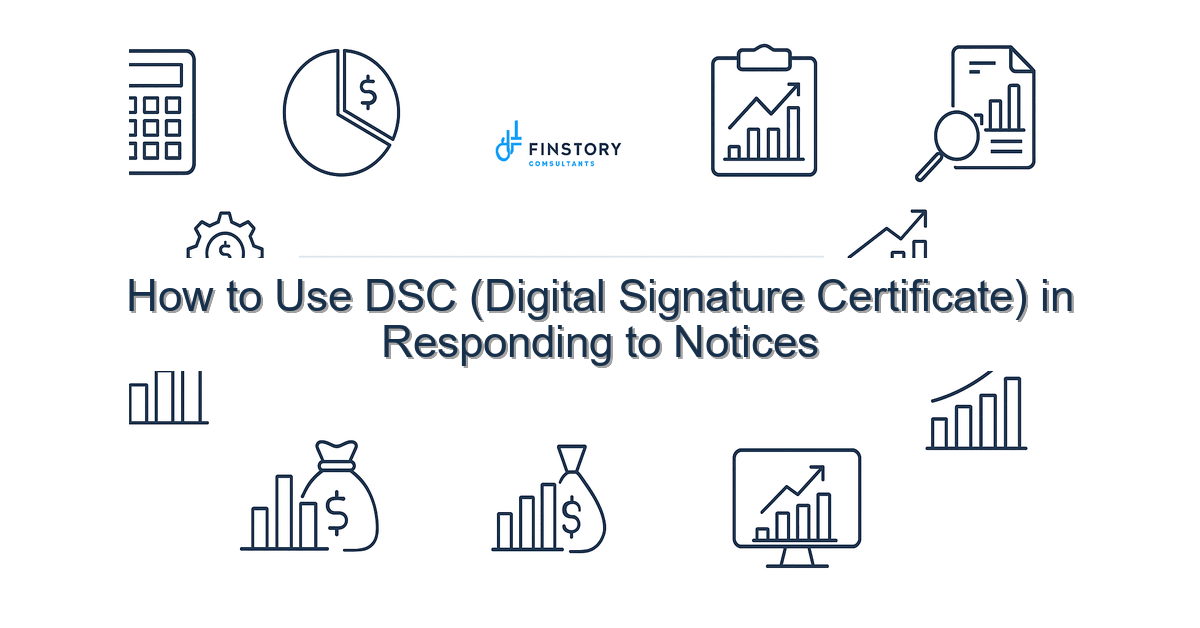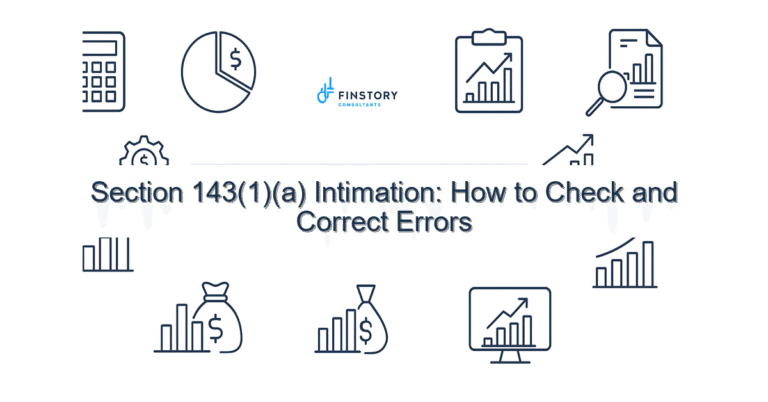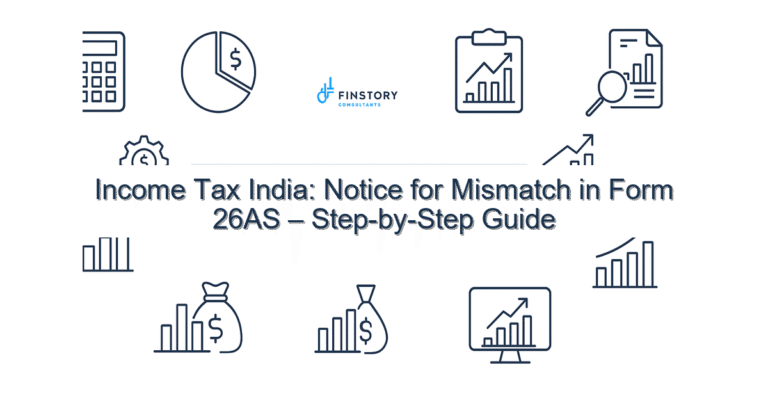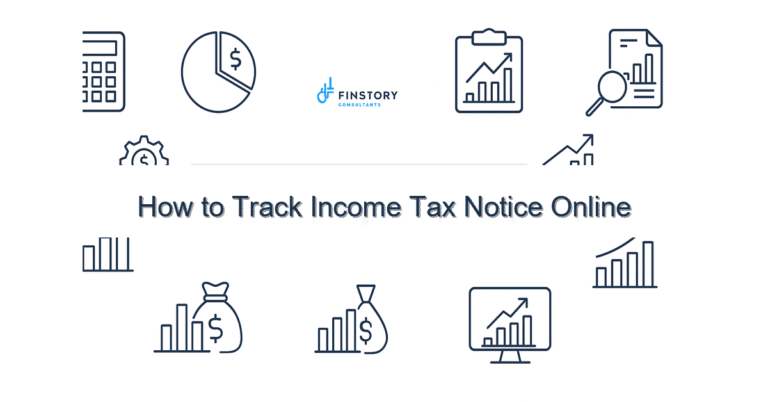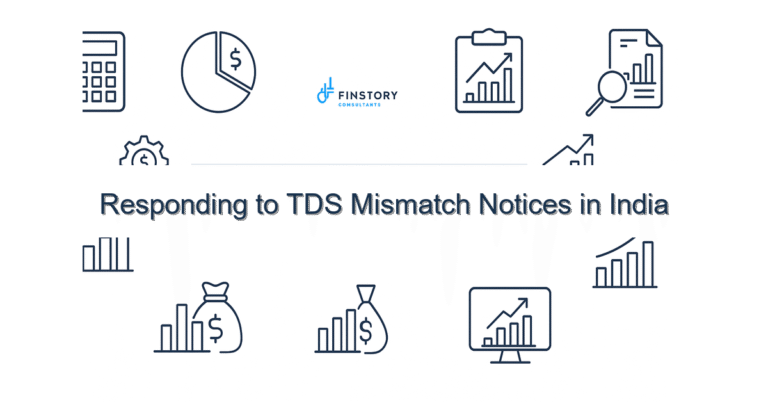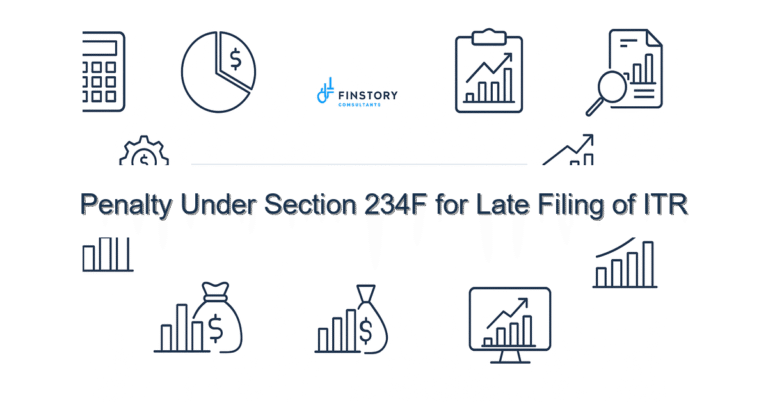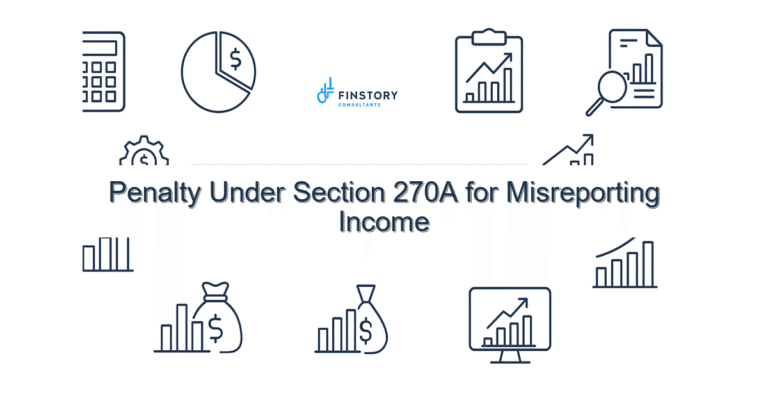How to Use DSC (Digital Signature Certificate) in Responding to Notices
Getting a tax notice can feel overwhelming — especially when you don’t know the technical steps to respond securely. Many Indian taxpayers worry about delays, signature validity, and missing AY/PY timelines. You are not alone; the right use of a Digital Signature Certificate (DSC) removes friction and speeds resolution.
Summary: Use a DSC to authenticate and sign responses on the income tax e-filing portal, ensuring legally valid submissions, faster processing by the CBDT, and fewer follow-up notices. This guide walks you through what a DSC is, common mistakes, a simple 4-step framework, a quick checklist you can act on this week, and FAQs specific to income tax india.
What’s the real problem in India?
Tax notices often arrive with tight timelines tied to AY/PY and CBDT instructions. Taxpayers — salaried individuals, professionals, founders and MSMEs — must respond accurately and quickly. Paper signatures are increasingly insufficient for many electronic submissions. A properly used DSC simplifies authentication but taxpayers face confusion about token drivers, portal flows and required document formats.
- Symptom: Receiving a notice with a short deadline and not being sure if an uploaded PDF needs a DSC-signed attachment.
- Symptom: Delays because the taxpayer’s DSC is expired or not registered on the e-filing portal.
- Symptom: Mismatch in TDS/TCS amounts seen in AIS/26AS vs your books, leading to notices.
- Symptom: Anxiety over legal validity of responses in cases involving capital gains indexation or Section 80C limit claims.
What people get wrong
Common pitfalls are procedural rather than conceptual. People assume any digital signature is fine, or that signing a PDF locally is equivalent to an e-filing DSC submission. Others miss portal-specific steps, such as registering the DSC or selecting the correct assessment year when uploading. These slip-ups can result in rejected responses, delays in ITR processing, or even penalties.
A better approach
Make DSC-based notice responses routine. Here is a clear framework you can follow every time.
- Verify the notice: Check AY/PY, section cited (for example u/s 143(2)), and the deadline from the CBDT. Reconcile the figures with AIS/26AS and your books.
- Prepare supporting documents: Gather TDS/TCS certificates, bank statements, invoices, and capital gains calculations (don’t forget indexation where applicable).
- Ensure DSC readiness: Check DSC validity, install token drivers (emSigner or similar), and register the DSC on the income tax e-filing portal.
- Respond on e-filing portal: Draft a clear reply, attach signed documents using the DSC option, and submit the response. Save the acknowledgment and date-stamp for records.
Real-world example: A Bengaluru-based MSME founder received a notice about TDS mismatches for PY 2023–24. After reconciling AIS/26AS, they used a registered DSC to submit a detailed reply within 4 days. The portal accepted the DSC-signed reply and the case closed without penalties — saving the business roughly ₹40,000 in potential interest and stress.
Quick implementation checklist
- Confirm the notice details: section, AY/PY, and due date.
- Reconcile amounts with AIS/26AS and your internal ledgers.
- Gather PDFs of invoices, bank records, TDS certificates, and capital gains worksheets.
- Check DSC expiry date and renew if within 30 days of expiry.
- Install required token drivers or middleware (emSigner, SafeNet tools, or vendor-specific drivers).
- Login to the income tax e-filing portal and register your DSC under Profile > Registered DSCs.
- Prepare your response text; keep it concise and reference attachments clearly.
- Use the e-filing portal’s ‘Respond to Notice’ workflow; choose ‘Attach DSC’ when prompted.
- Download and archive the submission receipt and response PDF with timestamp.
- If unsure, seek an expert review before submission to avoid errors that can cause rejections.
What success looks like
- Reduced number of follow-up notices due to clear, authenticated responses.
- Faster ITR processing and refunds when the portal accepts DSC-signed responses.
- Lower risk of penalties and interest — especially when reconciliation of TDS/TCS and AIS/26AS is done promptly.
- Improved audit trail and legal validity for signed submissions.
- Peace of mind during close periods like ITR filing last date or responding to assessments for significant capital gains.
Risks & how to manage them
Risk: DSC expires or is corrupted. Manage: renew DSC 30 days before expiry and keep backup credentials.
Risk: Driver incompatibility or browser issues. Manage: maintain updated drivers, use recommended browsers, and test the DSC before an emergency response.
Risk: Incorrect attachments or mismatched figures (TDS/TCS or capital gains). Manage: reconcile with AIS/26AS and your books, and get a second pair of eyes from a tax advisor.
Risk: Legal disputes about signature validity. Manage: use DSC issued by a government-recognized Certifying Authority and retain audit logs and acknowledgments.
Tools & data
- AIS/26AS: Always reconcile TDS/TCS entries and tax payments against this statement before responding.
- Income tax e-filing portal: Use the official portal for submission and DSC registration.
- DSC middleware: emSigner or vendor-supplied drivers to connect USB tokens.
- TDS/TCS tracking tools: Use accounting software or spreadsheets to track receivables and TDS deposits.
- Capital gains calculators: Use indexation tools when computing long-term capital gains to attach to your response.
FAQs
Q: What is a DSC?
A: A Digital Signature Certificate is an electronic signature issued by a Certifying Authority that verifies the signer’s identity. It is legally valid for e-submissions to the income tax india e-filing portal.
Q: Can I respond to all notices using a DSC?
A: Most electronic responses and many attachment submissions accept DSC authentication. Some specific communications may still require e-Verification or physical verification — check the notice and CBDT instructions.
Q: My DSC is expired. Can I still upload a signed PDF?
A: An expired DSC cannot be used to sign new documents. You can renew the DSC and then re-sign. If timelines are tight, consult an expert for interim options like e-Verification where allowed.
Q: Will a DSC-signed response speed up resolution?
A: Yes. DSC-signed responses are considered authenticated and are processed promptly by the portal, which reduces back-and-forth requests and speeds up ITR processing or notice closure.
Next steps
If a notice is waiting in your inbox or AIS/26AS shows unexplained TDS/TCS entries, don’t wait. Use the checklist above, verify your DSC, and prepare a concise, well-documented response. If you want help reconciling figures, preparing documents, or submitting a DSC-signed reply, reach out — we can handle it end-to-end.
[link:ITR guide] [link:tax-saving tips]
Work with Finstory. Speak with an Expert for a personalised plan to reduce your tax outgo and stay compliant. Book a free 20-min consultation.
📞 Need help with Income Tax in India?
Book a 20-min consultation with our tax team. Individuals, founders & MSMEs welcome.
Prefer email or phone? Write to info@finstory.net
or call +91 44-45811170.
